
TOTAL SOLAR ECLIPSE
Total Solar Eclipse
A total solar eclipse will cross North America on Monday, April 8, 2024, passing over Mexico, the United States, and Canada. This event will hold significance for amateur astronomers.

How does it happen?
During a total solar eclipse, the Sun aligns near the intersection points of the Moon’s and Earth’s orbits, while the Moon is at its farthest point from this intersection, allowing direct propagation of light.

Path of Totality
The April 8, 2024, total solar eclipse traverses North America, passing over Mexico, the United States, and Canada. Beginning over the South Pacific Ocean, the first location in continental North America to witness totality is Mexico’s Pacific coast at approximately 11:07 a.m. PDT.
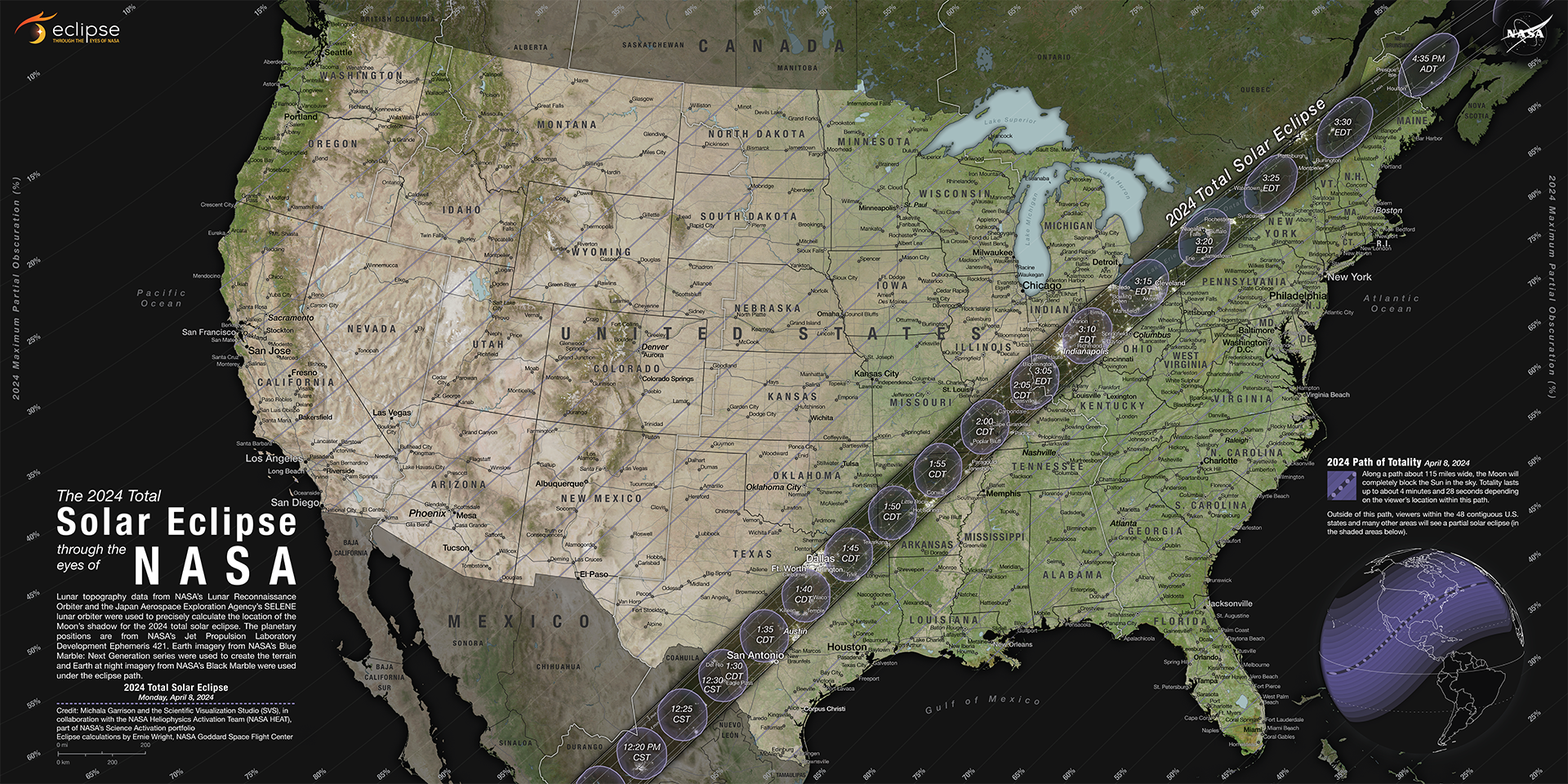
Time Schedule
To view the eclipse in totality, this eclipse times table for cities in the path of totality will assist in planning.
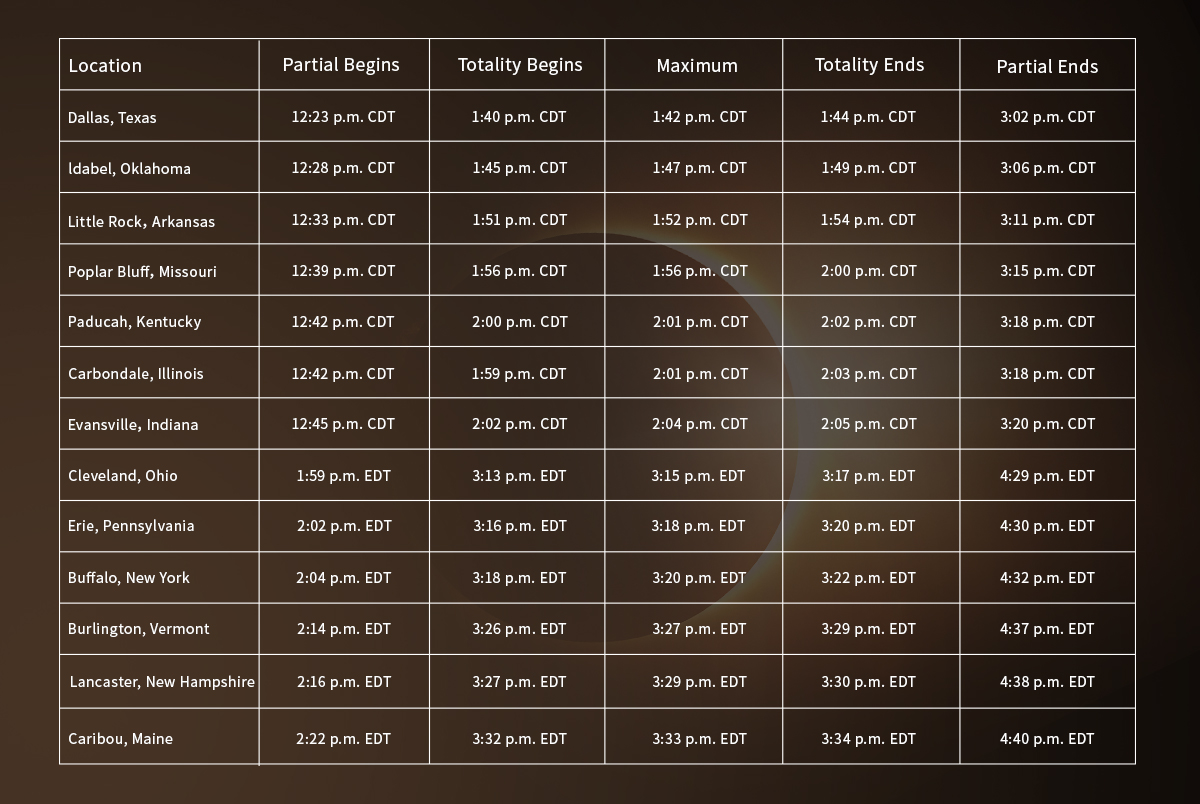
Discover the Wonders of the Solar Eclipse with Seestar


The total solar eclipse on April 8, 2024, will be the only one in the United States within a 25-year period, with the next occurrence not until 2045.
Why Seestar Brings Ultimate Viewing Experience for the Solar Eclipse?
Safety First
Solar filter included.
Video Recording
Save the moment.
Automatically Find the Sun
Live image on your phone.
Cost-effective
Great performance.
Seestar in Difference Obeserving Modes
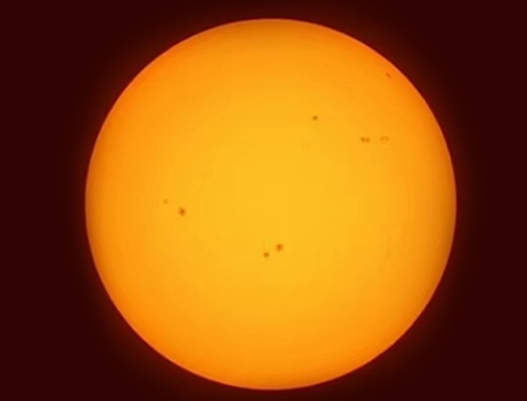
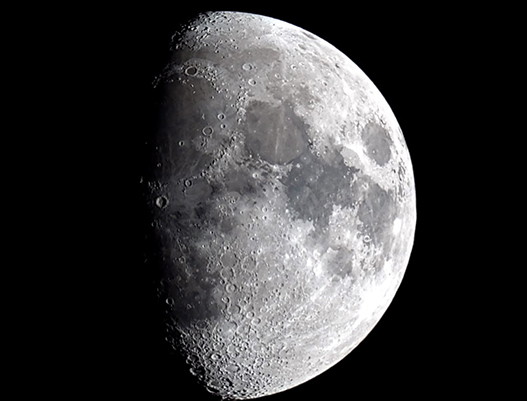
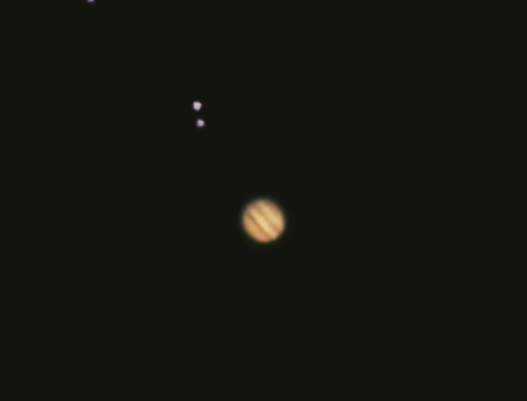
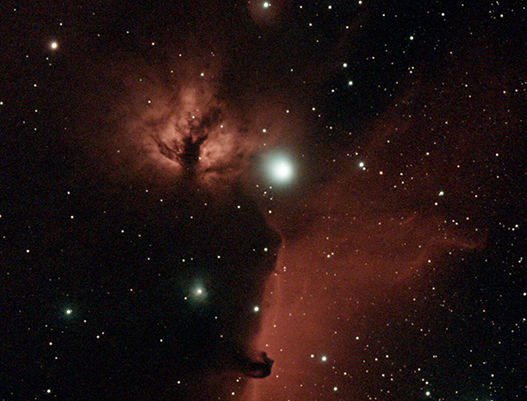
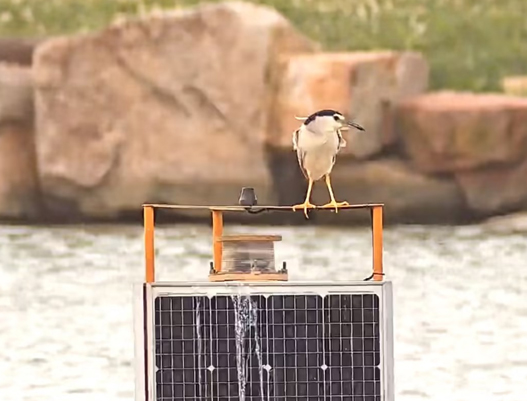
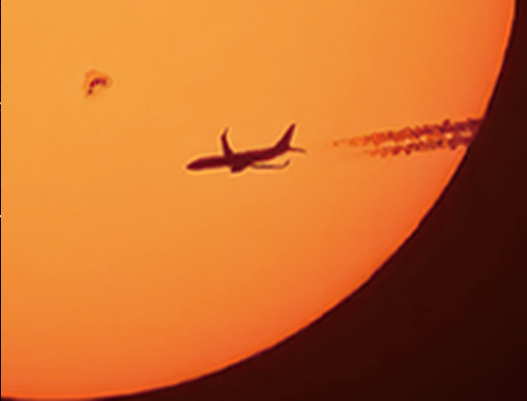
Which ASI cameras are highly recommand for solar eclipse photography?
ASI432MM
Sensor
Sony IMX432
Resolution
1.77MP 1608*1104
Pixel Size
9μm
Sensor Diagonal
17.6mm
Read Noise
2.4-20.8
QE
79%
Full Well Capacity
97000e
Capture Speed
120FPS
ASI174MM
Sensor
SONY IMX174
Resolution
2.35MP 1936×1216
Pixel Size
5.86μm
Sensor Diagonal
13.2mm
Read Noise
3.5 - 6.0e
QE
77%
Full Well Capacity
32ke
Capture Speed
164FPS
